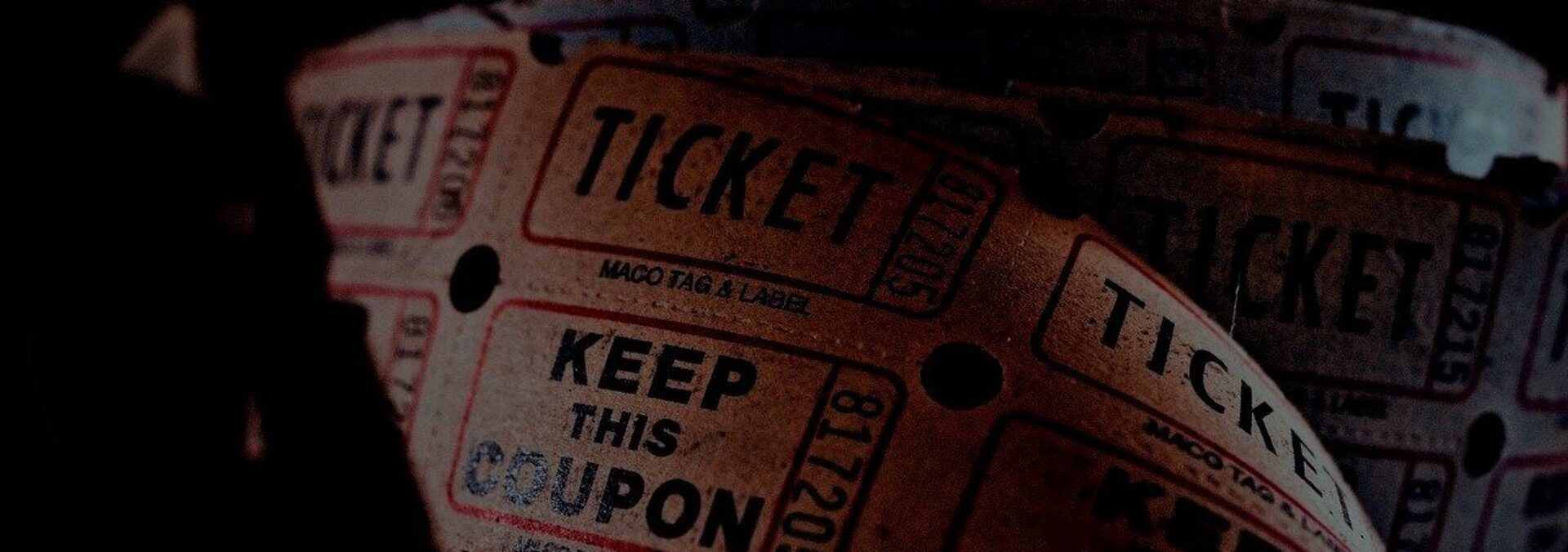Spectator cinema
In the days of David Griffith used to divide cinema into author’s and commercial, that is, the audience, movies. This division still exists today.
Audience films are films aimed primarily at the mass audience, the so-called blockbusters – big-budget films that are widely popular among the public. Here we see the special role of cinematography, which lies in its high social activity. These are films about stories and experiences. The viewer can easily identify with the character, empathize with him, and live out his story with him. Producers and film companies need such a movie to make a profit, the viewer – for recreation and entertainment.
The brightest representatives of the audience are Gore Verbinski (“Pirates of the Caribbean”, “The Cure”), James Cameron (“Titanic”, “Avatar”), Catherine Bigelow (“Point Break”), Timur Bekmambetov (“Night Watch” trilogy, “Christmas Tree”).
In the process of formation of cinematography developed a system of genres, plot structures, themes, characters. Now there is a huge number of film genres, they have complex relationships, but there is no single, generally accepted system of classification. Cinematography is developing very rapidly and there is a constant evolution of genres, the development of which is strongly influenced by events happening in the world, the specifics of a particular time. As an example, as described above, after World War II there was a demand for the dramas of ordinary people (neo-realism). The main genres were formed along with the development of cinematography, by the 1950s. Each film can be assigned to several genres, and there are a main genre and its sub-genres.
In classes on screenwriting, most often four genres are distinguished for the construction of the drama of the future film: comedy, tragedy, drama, tragicomedy. All others are considered additional. The laws of genre are used to build the script for the audience and the author’s film. The system of cinematic classification is constantly becoming more complex, and genre boundaries are being blurred in auteur cinema: the schemes used by the genre are weakening (some elements are removed).
Author’s films
Cinematographic auteur films are non-commercial films made by small studios for purposes other than making money. This kind of cinema is usually opposed to the audience. The aim of auteur cinema is not to indulge the interests of the audience. It expresses an anthropocentric point of view on the world, that is, a very definite and specific vision of a specific person, the author, the director. The director is a real demiurge in this kind of cinema.
It is a kind of cinematography of search for meaning, an opportunity to do what one wants, a means of expressing oneself and saying one’s thoughts. It is a psychological exploration of the soul of the individual.
Robert Bresson, one of the directors of auteur cinema, said: “The camera is an amazingly precise instrument to reveal the essence of things and people: your eyes do not allow you to see. Cinema is a means of discovery. Film is a journey into the unknown. There is no room for error. With popular actors and actresses you’re always moving towards something familiar. You know in advance what their reactions will be at one moment or another, and that doesn’t help to reveal a person’s personality.
Watching an author’s film is like reading complex literature, the same mechanism of perception works. For example, the so-called slow motion cinema (slow rhythm of the film, long shots, the average frame rate starts from 35 seconds) is difficult for the perception of a person who is used to watching Hollywood montage films (as a rule, the average frame length depending on the genre varies from 2 to 10 seconds). Few people have read Tolstoy’s War and Peace in its entirety, and an equally small number of viewers are willing to watch auteur cinema.
The prominent representatives of auteur cinema are Michelangelo Antonioni (“Red Desert”, “Adventure”), Jean-Luc Godard (“On My Last Breath”, “Live My Life”), Lars von Trier (“Antichrist”, “Dogville”), Carlos Reygadas (“After Dark, Light”, “Our Time”).
